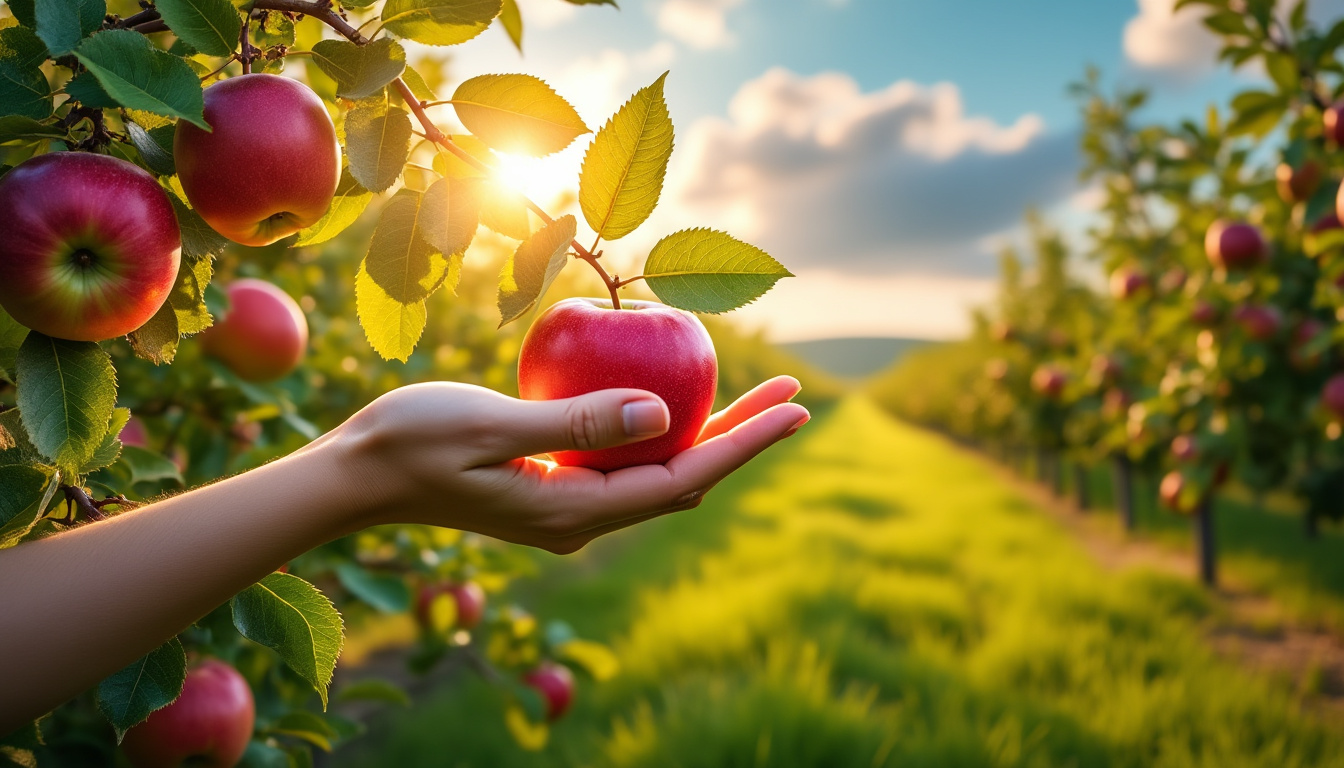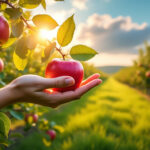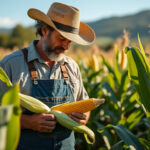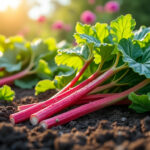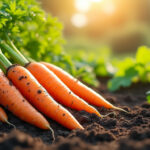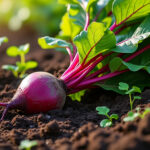Understanding the optimal timing for apple harvesting is essential for both maintaining quality and maximizing flavor. As the apple season approaches, discerning the perfect moment to gather these fruits from the tree can profoundly impact the enjoyment they bring. Varietals like Gala and McIntosh signal the transition into early fall, while others, like Granny Smith, hold out until the cooler temperatures of autumn. This careful observation combines artistry and scientific know-how, ensuring every harvest reflects nature’s bounty.
The Importance of Timing in Apple Harvesting
Harvesting apples requires a keen understanding of both varietal characteristics and environmental conditions. Timing can be influenced by various factors, including:
- Climate adaptations: Warm climates can quicken the ripening process, while cooler areas may delay it.
- Apple variety: Early ripening varieties like Ginger Gold may be ready to harvest by mid-summer, unlike later ripening types like Fuji.
- Harvest indicators: Color transformation, firmness, flavor, and seed color play critical roles in determining readiness.
Recognizing Ripe Apples
Identifying when apples are ripe is a pivotal component of orchard management. Key signs include:
- Color change: Each variety exhibits unique shifts in hue as it matures. For example, Red Delicious apples deepen to a dark red, while Granny Smith turns vibrant green.
- Stem strength: A sturdy stem indicates ripeness; if it easily detaches, the apple may be overripe.
- Firmness: Mature apples feel firm but not rock hard, offering the right balance for harvesting.
Best Practices for Harvesting Apples
To ensure quality, various methods can be utilized during apple picking. Techniques include:
- Selective picking: Focus on harvesting only mature apples, maintaining peak freshness.
- Strip picking: This method removes all apples from a tree at once but runs the risk of mixing ripe and unripe fruit.
- Utilizing tools: Hand-picking is recommended, but telescoping poles can reach higher fruit without damaging lower apples.
Ensuring Quality Through Precise Handling
After harvest, the commitment to quality continues. Key preservation techniques include:
| Step | Description |
|---|---|
| Cooling Down | Rapidly reduce the temperature to around 32°F to slow the ripening process and retain freshness. |
| Storage | Store apples in a controlled atmosphere with minimal oxygen to hinder spoilage. |
| Quality Control | Conduct regular inspections to remove spoiled apples promptly. |
| Packaging | Use padded materials to prevent damage during transport. |
When is the ideal time to prune your roses for optimal growth?
Understanding Apple Varieties and Their Harvest Timing
Different apple varieties offer unique flavors and textures, impacting the best utilization in culinary applications. Here is a breakdown of several popular types:
| Apple Variety | Flavor Profile | Best Uses |
|---|---|---|
| Honeycrisp | Sweet with a hint of tartness | Fresh eating, salads |
| Granny Smith | Tart | Baking |
| Golden Delicious | Mildly sweet | Fresh eating, baking |
| McIntosh | Sweet-tart | Sauces, pies |
| Ginger Gold | Sweet-tart | Fresh, light cooking |
Identifying the intended use for each variety significantly enhances culinary creations, providing delicious outcomes. Experimentation with different varieties opens up avenues for creativity in the kitchen.
Frequently Asked Questions
Here are some common inquiries about apple harvesting:
- What is the best time to harvest apples?
The ideal time ranges from late summer to early fall, depending on the variety. - How can I tell if an apple is ripe?
Look for color changes, firmness, and easy detachment from the tree. - What tools are best for apple picking?
Hand-picking is effective, but telescoping poles help reach higher branches. - How do I ensure fresh apples after harvest?
Rapid cooling and proper storage in controlled atmospheres are crucial. - Why is organic apple farming important?
It emphasizes soil health, sustainability, and avoidance of synthetic pesticides.
The joy of harvesting apples doesn’t just lie in flavor but also in the sustainable practices that support nature’s harmony, making every bite a taste of nurturing care.

